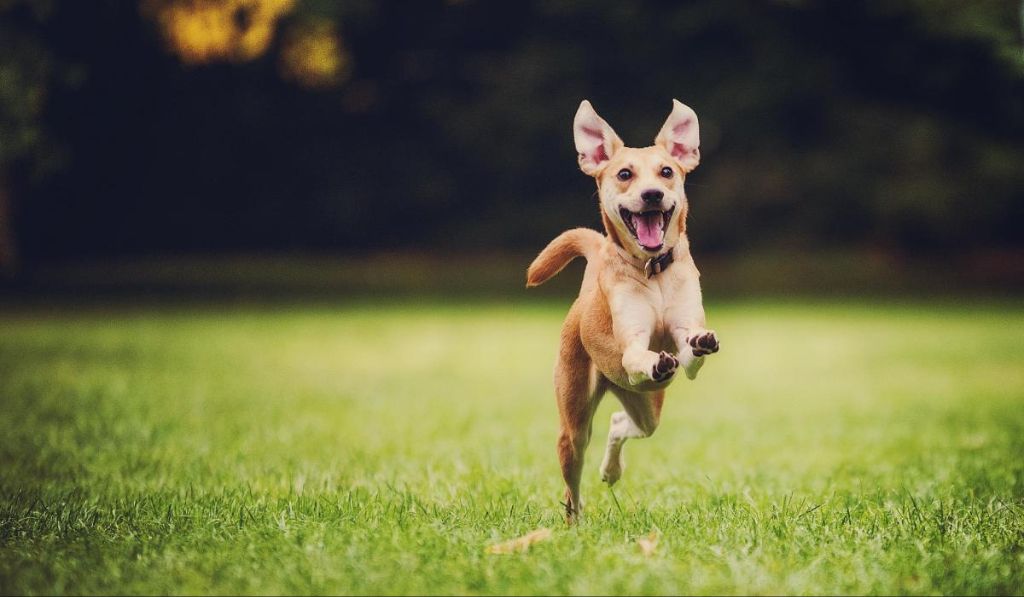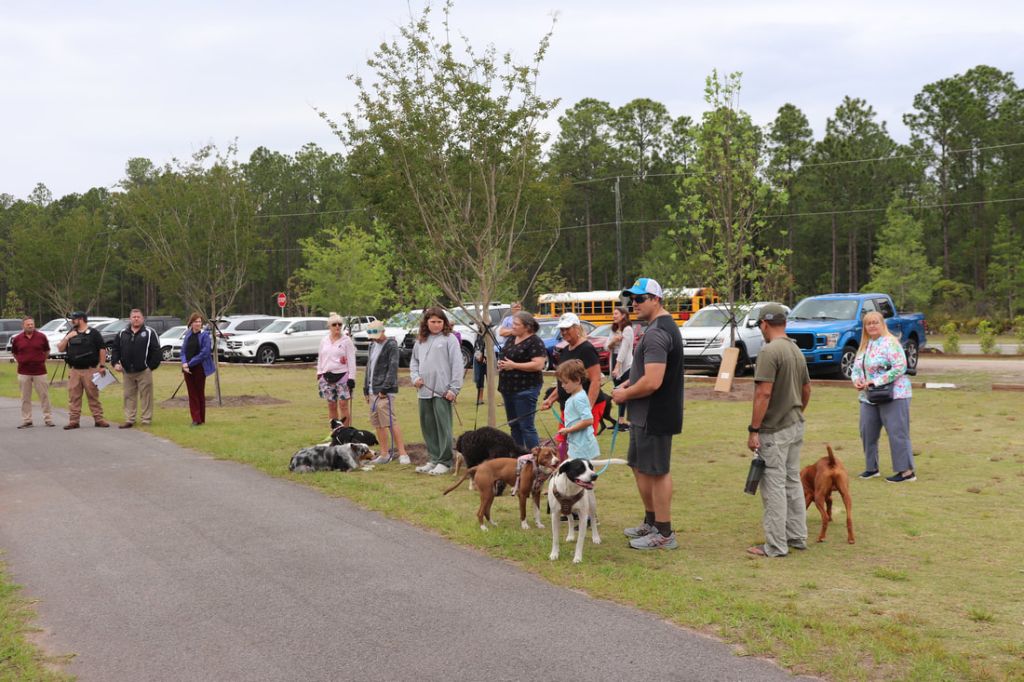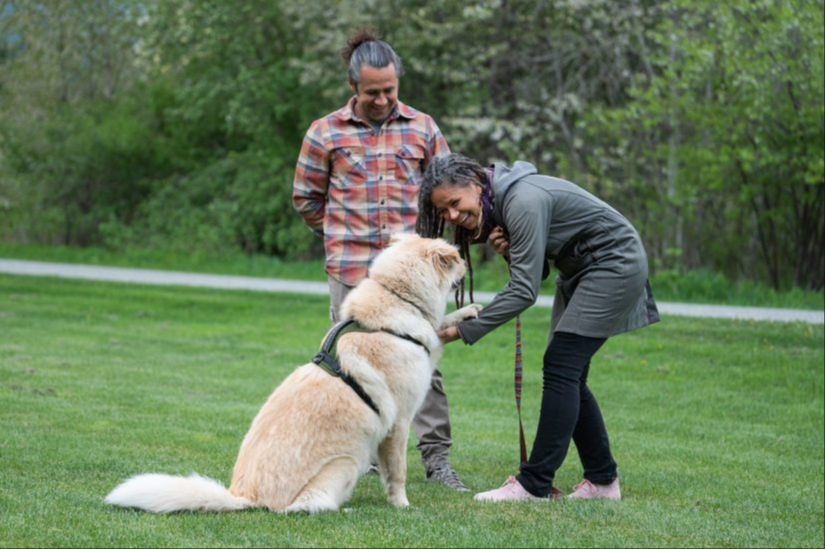Introduce the Concept
A private dog park is an enclosed outdoor space designed specifically for dogs to exercise and socialize off-leash in a controlled environment. Unlike public dog parks, private dog parks require a membership or reservation system to access the space. Some of the benefits of private dog parks include:
- A safer, cleaner environment since access is limited
- Ability to rent out the entire space for exclusive personal use
- Option to schedule reservations in advance at your convenience
- Avoiding the unpredictability of public parks regarding crowds or misbehaved dogs
Private dog parks have been growing in popularity recently as more pet owners seek premium services. According to this article, development of dog parks in the U.S. increased 40% between 2009-2018, indicative of the overall trend. Platforms like Sniffspot and Bark & Co allow people to rent out their backyard spaces to other pet owners as private dog parks. For dogs that are anxious, reactive, or need special monitoring, these controlled spaces provide a more enjoyable experience than unpredictable public parks.
Determine the Location
The first major step is determining exactly where to locate your private dog park. There are several key factors to consider when choosing the location:
The ideal size and terrain for a dog park depends on the expected number of dogs. According to the AKC, a small dog park up to 1/4 acre can accommodate 15-25 dogs. For a 1-5 acre park suitable for 50-100+ dogs, look for a mix of open areas and shaded regions. Ensure the ground is relatively flat and free of hazards.

The site should be easily accessible to local dog owners. Situate it close to residential areas and consider vehicle parking availability. ADA accessibility is also an important consideration for accommodating disabled owners. The park entrance should connect to paved paths.
Research your local regulations on private dog parks. Zoning laws may restrict locations or require permits and approvals. Consider noise and nuisance rules as well. Feasibility often depends on support from local authorities and nearby homeowners.
Design the Layout
When designing the layout of a private dog park, it’s important to create separate spaces for dogs of different sizes and activity levels. Many experts recommend having a section for small, timid dogs that is gated off from the main play area. This provides a safe space away from rambunctious larger dogs.
In the main play area, include obstacles like tunnels, ramps, and hurdles to encourage active play. Scatter shady trees, benches, and water stations throughout so owners can comfortably supervise their dogs. Having benches in separate conversation areas allows owners to socialize while still keeping an eye on their pets.
Aim to make the space as enjoyable for pet owners as it is for their dogs. An ideal private dog park has a variety of surfaces like grass, mulch, gravel, and artificial turf to accommodate different types of play. And be sure to have adequate drainage and regular waste removal.
For specific dimensions and layout examples, check out this dog park design guide: @doggyplaypark.
Gather Funding
One of the most important steps in starting a private dog park is securing funding for the project. Costs will typically include fencing, equipment like water stations and agility equipment, permits, insurance, etc. According to https://mary-catherinerd.com/how-much-does-it-cost-to-build-a-dog-park/, the average cost to build a dog park is around $250,000.
There are several options for raising the necessary funds:
Crowdfunding platforms like Kickstarter or GoFundMe allow you to reach a wide audience to contribute to your dog park project. These grassroots fundraising campaigns work best when you already have an engaged community of local dog owners who want to support the park.
Reaching out for corporate sponsorships from pet businesses is another avenue. Pet food companies, doggy daycares, veterinarians, pet supply shops may be willing to sponsor the park through financial contributions or in-kind donations of equipment and materials.
Applying for grants from foundations and nonprofits that fund community development projects is also an option. Do research to find ones that support new recreation spaces like dog parks.
You can also hold local fundraising events like dog walks, contests, and tournaments to raise small amounts of money from community members over time.
Form a Legal Entity

When starting a private dog park, you’ll need to decide on the legal structure for your business. The two most common options are forming a limited liability company (LLC) or establishing a nonprofit organization. According to the Wildest, many private dog parks opt for LLC status, which offers liability protection and pass-through taxation. With an LLC, the dog park’s profits and losses pass through to the owners’ personal tax returns. Nonprofit status makes the dog park exempt from some taxes, but requires more paperwork and regulations to obtain 501(c)(3) status from the IRS.
The tax implications are an important consideration when choosing between an LLC and nonprofit. As mentioned, an LLC offers pass-through taxation so the dog park itself does not pay taxes. Instead, the profits and losses are reported on the owners’ personal tax returns. With a nonprofit, the organization does not pay taxes on revenue related to its mission. However, the nonprofit may still pay tax on unrelated business income. The nonprofit structure also limits the dispersal of profits to owners and requires detailed record-keeping.
In summary, an LLC formation allows for liability protection with pass-through taxation, while nonprofit status provides tax exemption but increased regulations. Consulting with legal and tax professionals can help determine the best legal structure based on the specific circumstances and goals of the private dog park.
Obtain Insurance
Proper insurance coverage is crucial for operating a private dog park. At minimum, you’ll need general liability insurance to protect against claims of property damage or bodily injury. According to Aligned Insurance, general liability insurance offers financial protection for unexpected events and can provide peace of mind for dog park owners.
Additionally, you may want to consider dog bite liability coverage. As Alternative Insurance explains, dog park owners may need coverage for dog bites depending on state laws regarding leashing and liability. Dog bites are a common risk at dog parks, so having this extra protection can be wise.
Check your state’s specific requirements, as some mandates minimum liability coverage for dog parks. For example, according to the law firm Tinnelly Law, California requires at least $1 million in coverage. Consult with an insurance broker to find the right policy to suit your dog park’s needs and keep it legally protected.
Spread the Word
Get the word out to attract local dog owners to your new dog park by creating marketing campaigns and hosting a grand opening event. Here are some tips:
Create eye-catching flyers and distribute them around town at places like other dog parks, pet stores, dog groomers, and vet offices. Social media marketing is also a great way to reach your target audience. Post in local Facebook groups and create targeted ads (NRPA, 2013). Send press releases about your grand opening to local media outlets.
Host a fun and engaging grand opening event to showcase your new park. Have treats for dogs, giveaways, contests, demonstrations, and more. Be sure to capture photos and videos to share on social media. Consider partnering with local pet businesses as sponsors to help cover costs (Seger Dog Park, n.d.).
Launching a private membership program can also help spread the word and generate revenue. Offer different membership tiers with perks like discounted day passes, extended hours access, and free giveaways (Barkpass, n.d.). Marketing your membership program and incentives will boost sign-ups.
Establish Rules

Clearly defined rules and regulations are critical for maintaining a safe and enjoyable dog park environment. Some key rules to establish include:
Vaccination requirements – Requiring dogs to have up-to-date vaccinations helps prevent the spread of illnesses. For example, many dog parks require proof of rabies, distemper, and bordetella vaccinations.[1]
Hours of operation – Setting specific hours when the park is open and closed allows for maintenance and gives neighbors a break from noise. Common hours are 7am to dusk.
Cleaning duties – Requiring owners to pick up and properly dispose of their dog’s waste is a must. Providing waste bags and trash cans makes this easier. Some parks have clean-up days or a maintenance staff.
Hire Staff
To ensure your private dog park runs smoothly, you’ll need to hire qualified staff. Some key positions to fill include:
Park Monitor
Park monitors supervise the park when open and ensure rules are followed. Look for candidates with experience handling groups of dogs and pet first aid/CPR training. According to job postings on Indeed, monitors may earn $10-15 per hour.
Groundskeeper
Groundskeepers maintain the park by removing waste, filling holes, and performing landscaping duties. Look for landscaping experience and equipment operation skills. Pay averages $12-18 per hour (Idaho Dog Park).
Pet Waste Removal
Dedicated pet waste removal staff will keep the grounds clean. Seek workers comfortable handling pet waste and aware of health precautions. Pay is often minimum wage or slightly above (The Bark Knoxville).
Ensure Ongoing Success
To keep your private dog park successful in the long-term, you’ll need to focus on regular maintenance, community events and meetups, and growing your membership.
Perform regular maintenance like picking up waste, checking the fencing, and maintaining any equipment or facilities. Designate maintenance days and recruit volunteers to help keep costs low. Consider closing one day per week for deep cleaning. Refer to this article for tips on dog park maintenance: https://recmanagement.com/articles/152219/parks-gone-dogs
Host community events like meet and greets, obedience training sessions, or competitions to keep members engaged. Celebrate holidays together or have themed days. Post events on social media to spread the word. Check out this video for event ideas: https://m.facebook.com/100063752521779/videos/927009098083417/?__so__=watchlist&__rv__=video_home_www_playlist_video_list
To sustain growth, actively recruit new members through promotions, partnerships with rescues or boarding facilities, and social media campaigns. Offer incentives for referrals or loyalty programs. Keep existing members engaged so they renew each year.

